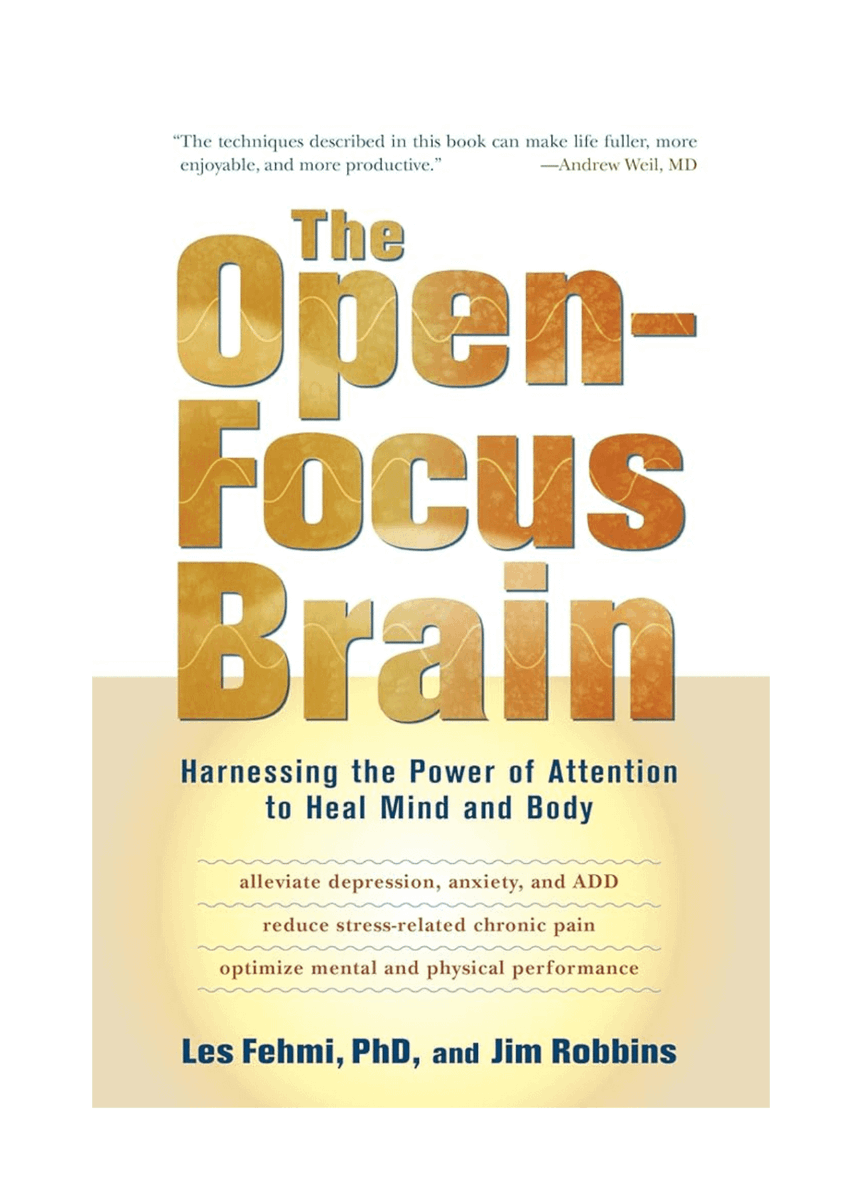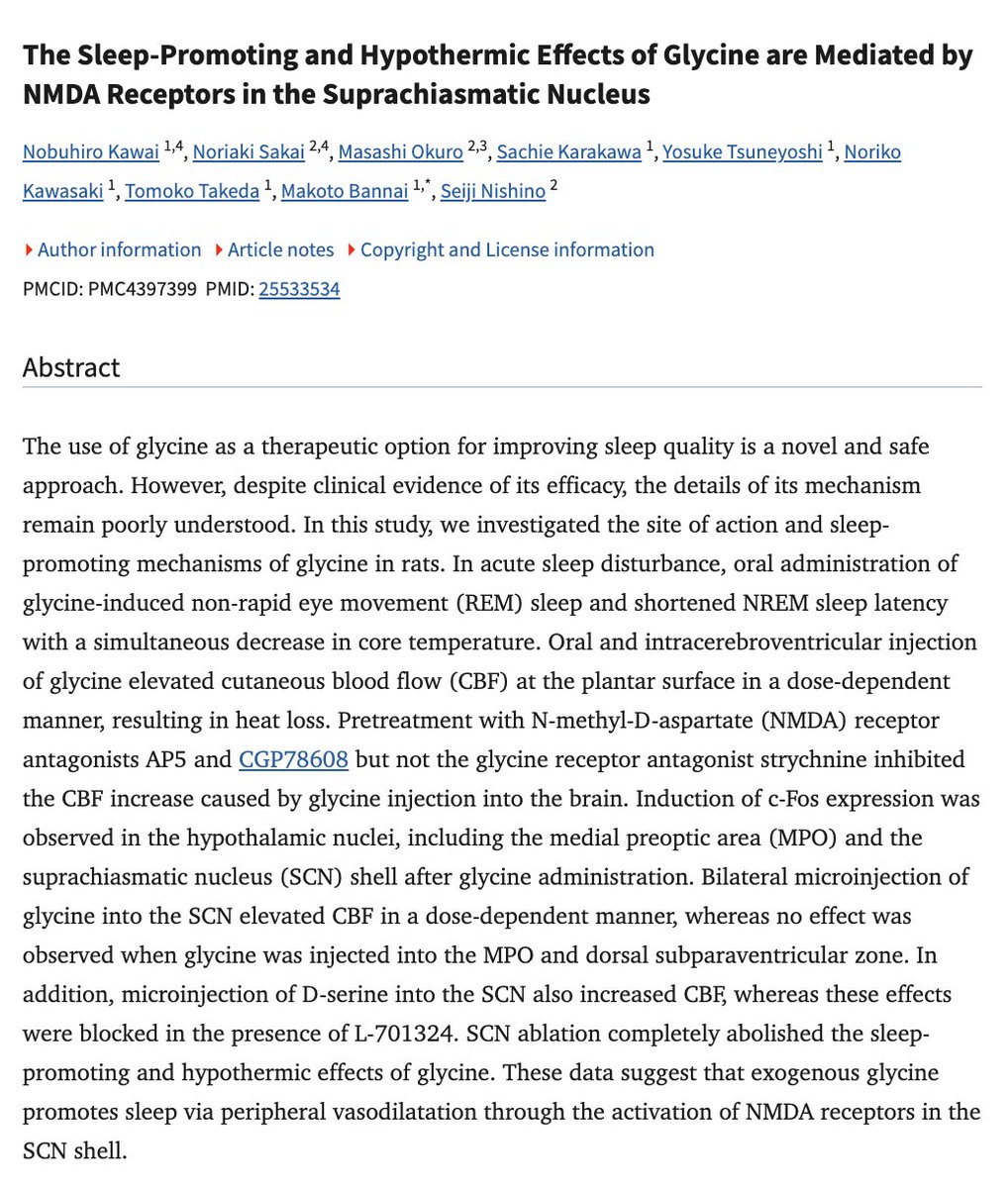The hidden reason you can’t relax or perform at your best...
Your style of attention.
Psychologist Les Fehmi proved that this ONE pattern causes 70% of chronic stress, anxiety, and burnout.
What it is, and his 3 methods to break free: 🧵

Your style of attention.
Psychologist Les Fehmi proved that this ONE pattern causes 70% of chronic stress, anxiety, and burnout.
What it is, and his 3 methods to break free: 🧵


Stress isn’t just “in your head.”
It’s your nervous system reacting to how you focus attention.
Dr. Les Fehmi found that when attention stays locked in a narrow focus, the brain gets stuck in fight-or-flight.
It’s your nervous system reacting to how you focus attention.
Dr. Les Fehmi found that when attention stays locked in a narrow focus, the brain gets stuck in fight-or-flight.

Your attention style regulates your autonomic nervous system.
• Narrow = sympathetic dominance (fight/flight)
• Diffuse = parasympathetic activation (rest/digest)
This alters hormones, immune function, and the perception of pain.
• Narrow = sympathetic dominance (fight/flight)
• Diffuse = parasympathetic activation (rest/digest)
This alters hormones, immune function, and the perception of pain.

Narrow focus is like a spotlight.
Great for threading a needle or finishing a project.
But if it’s stuck, your brain perceives ordinary challenges as threats.
This attentional rigidity fuels:
Great for threading a needle or finishing a project.
But if it’s stuck, your brain perceives ordinary challenges as threats.
This attentional rigidity fuels:

• Pain signals that feel louder
• Anxiety loops that won’t shut off
• Chronic fatigue from cortisol overload
• Declines in focus, memory, and performance
Dr. Fehmi called Open-Focus a “forgotten doorway” into regulation.
He identified 4 attention modes:
• Anxiety loops that won’t shut off
• Chronic fatigue from cortisol overload
• Declines in focus, memory, and performance
Dr. Fehmi called Open-Focus a “forgotten doorway” into regulation.
He identified 4 attention modes:
• Narrow → laser focus
• Diffuse → wide, relaxed
• Objective → detached observing
• Immersed → fully absorbed in the moment
Resilience is being flexible in moving between modes.
Here are 3 practices you can try today to open your focus:
• Diffuse → wide, relaxed
• Objective → detached observing
• Immersed → fully absorbed in the moment
Resilience is being flexible in moving between modes.
Here are 3 practices you can try today to open your focus:

Exercise 1: The Palm Clenching
Close your hand into a tight fist. Hold for 4 minutes. Notice the tension.
Then slowly release, opening the palm fully.
This simple Shaolin practice teaches your nervous system how to let go.
Close your hand into a tight fist. Hold for 4 minutes. Notice the tension.
Then slowly release, opening the palm fully.
This simple Shaolin practice teaches your nervous system how to let go.
Exercise 2: Peripheral vision.
Softly gaze ahead at a point, but relax your eyes and notice what’s at the edges of your vision.
This widens awareness, eases hypervigilance, and immediately calms the nervous system.
Softly gaze ahead at a point, but relax your eyes and notice what’s at the edges of your vision.
This widens awareness, eases hypervigilance, and immediately calms the nervous system.
Exercise 3: Whole-Body Space Awareness
• Close your eyes.
• Sense the space inside your chest, arms, legs—even your whole body at once.
This exercise helps diffuse awareness, dissolve tension, and signal safety.
It’s similar to the recently popularized NSDR...
• Close your eyes.
• Sense the space inside your chest, arms, legs—even your whole body at once.
This exercise helps diffuse awareness, dissolve tension, and signal safety.
It’s similar to the recently popularized NSDR...
“Attention isn’t just where you look. It’s how your brain decides what’s real, what hurts, and what feels safe.”
— Dr. Les Fehmi
Fehmi believed mastering this was the missing piece in psychology, and his research still feels ahead of its time.
— Dr. Les Fehmi
Fehmi believed mastering this was the missing piece in psychology, and his research still feels ahead of its time.
Your body already knows how to heal; it just needs the right signals.
I put together a free 5-day Nervous System Course with daily teachings + practices to help you press your “reset button.”
Get started here:
bodymindaccelerator.com
I put together a free 5-day Nervous System Course with daily teachings + practices to help you press your “reset button.”
Get started here:
bodymindaccelerator.com
I'm curious, what are your thoughts on body-based healing?
I'd love to hear your thoughts—let me know below!
With deep respect,
Brian.
I'd love to hear your thoughts—let me know below!
With deep respect,
Brian.
https://twitter.com/1486152789822558209/status/1965446530246312369
• • •
Missing some Tweet in this thread? You can try to
force a refresh
























